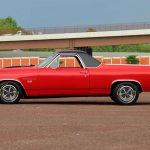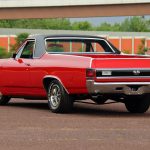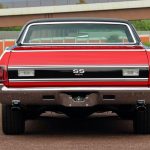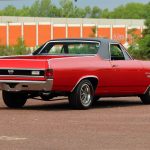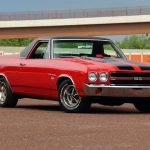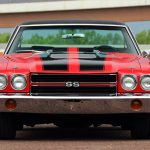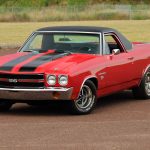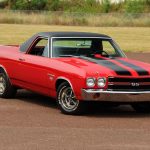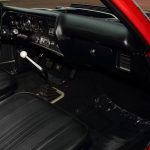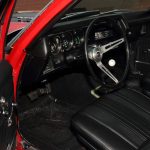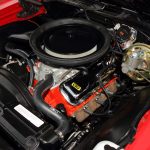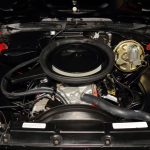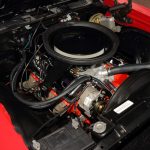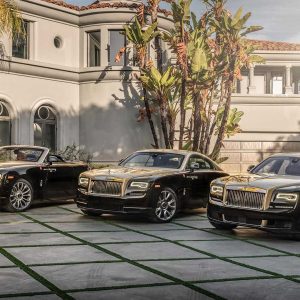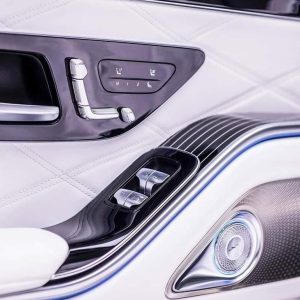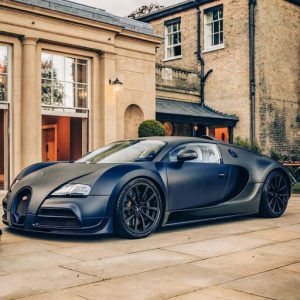The Chevy El Camino bowed for the 1959 model year in answer to Ford’s Ranchero. Based on GM’s B-Body platform, the El Camino utilized the Chevy station wagon’s Safety-Girder X-Frame platform. The El Camino would only be built for two model years before leaving the Chevy lineup. It was re-introduced for the 1964 model year, based on the Chevy Chevelle Station Wagon. The El Camino would continue to mirror Chevelle front fascia changes through the 1977 model year. For 1978, the El Camino would be redesigned to resemble the Chevy Malibu.

Because the Chevy El Camino was based on the Chevelle, it shared the Chevelle’s performance options. The El Camino could be had with Big Block V8s and close-ratio, four-speed manual transmissions. This would be true for the ultimate year of Chevelle performance in 1970, and the Godzilla of street racing engines, the LS6.

Muscle cars had dominated the youth market from the mid-1960s, but the 1970 model year would be the last for full-power muscle cars from GM. The coming federal emissions standards, fuel economy standards, and insurance companies which were increasingly wary of factory-built, big-horsepower street monsters, would bring an end to the power party. General Motors elected to go all-in for the 1970 production year, suspending the company’s internal edict of limiting displacement in mid-size passenger cars to 400 cubic inches. For Chevrolet’s Chevelle, that meant the brutish 454 cubic inch Big Block would be available. Because the Chevy El Camino was based on the Chevelle, and it shared the Chevelle’s performance options, the El Camino could be had with the same Big Block V8s and close-ratio, four-speed manual transmissions, including the Godzilla of stoplight racing engines, the LS6.
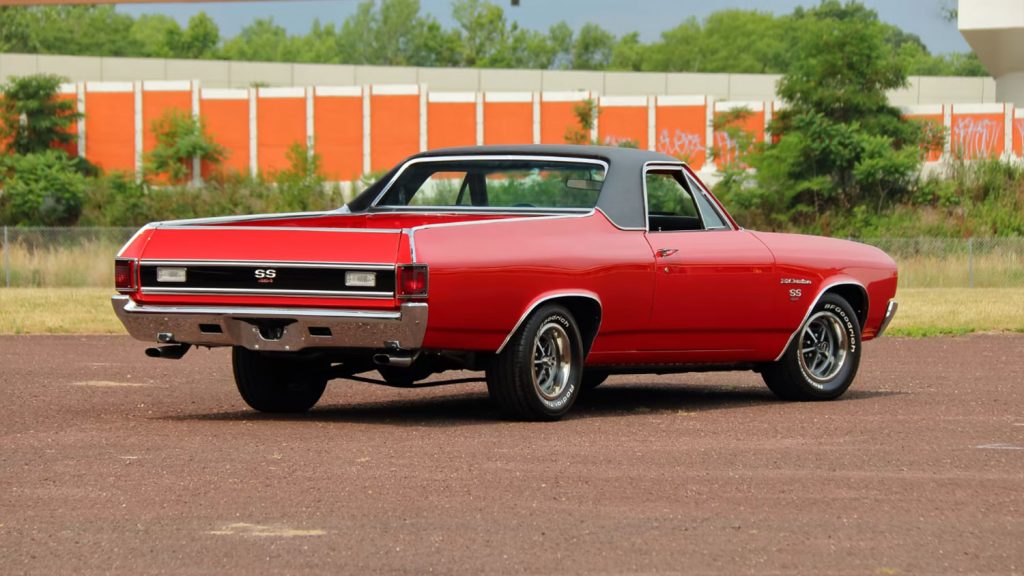
The 454 cubic-inch LS6 was a beast of an engine. It was built from an iron block, had 11.25:1 compression, solid lifters, an 800 CFM Holley four-barrel carb, a Winters aluminum intake manifold, and an aggressive cam. It was grossly underrated at 450 horsepower when 500 horses was closer to the truth, and 500 pound-feet of pavement-wrinkling torque. The LS6 could be had with the choice of a three-speed Turbo Hydramatic automatic trans, or a four-speed manual. An available cowl induction hood would feed air to the brutish Big Block.
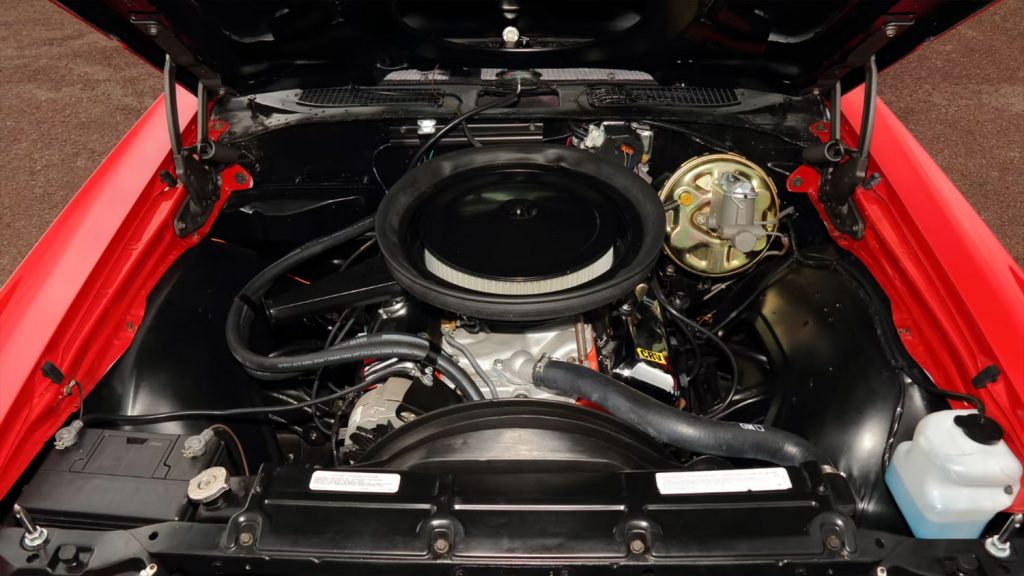
Our feature Chevy El Camino SS has been the subject of a frame-off restoration to LS6 specs. It is finished in Cranberry Red with black SS stripes and black vinyl roof over a black vinyl deluxe interior with Strato bucket seats. It is equipped with factory gauges, a floor-mounted Hurst shifter power steering, power brakes with front discs, and a cowl induction hood with factory hood pins. It is powered by a 454 cube 512 block built to factory LS6 trim, backed by a four-speed manual transmission that moves power to the twelve-bolt Positraction rear differential with 3.31 gears. The El Camino rolls on original SS wheels shod in raised white-letter BFGoodrich radial T/A rubber.

This striking 1970 Chevy El Camino will cross the Mecum Auctions block at their Harrisburg, Pennsylvania sale taking place July 26th through the 29th.
Subscribe to GM Authority for more Chevrolet El Camino news, Chevrolet news, and around-the-clock GM news coverage.


